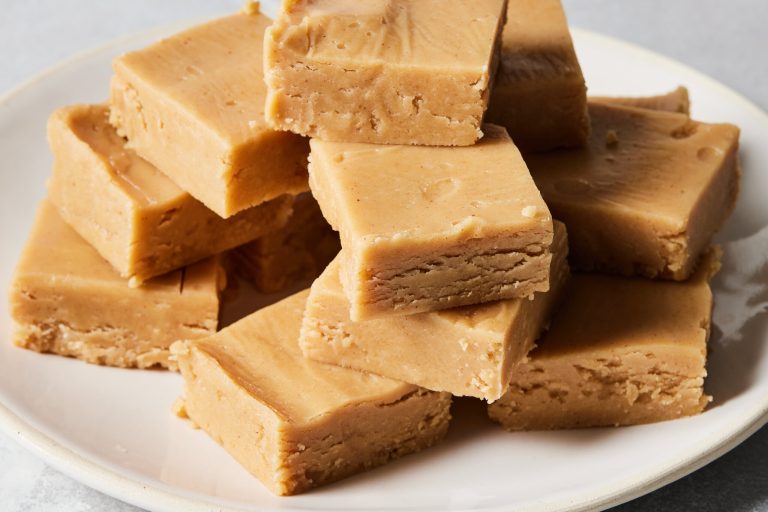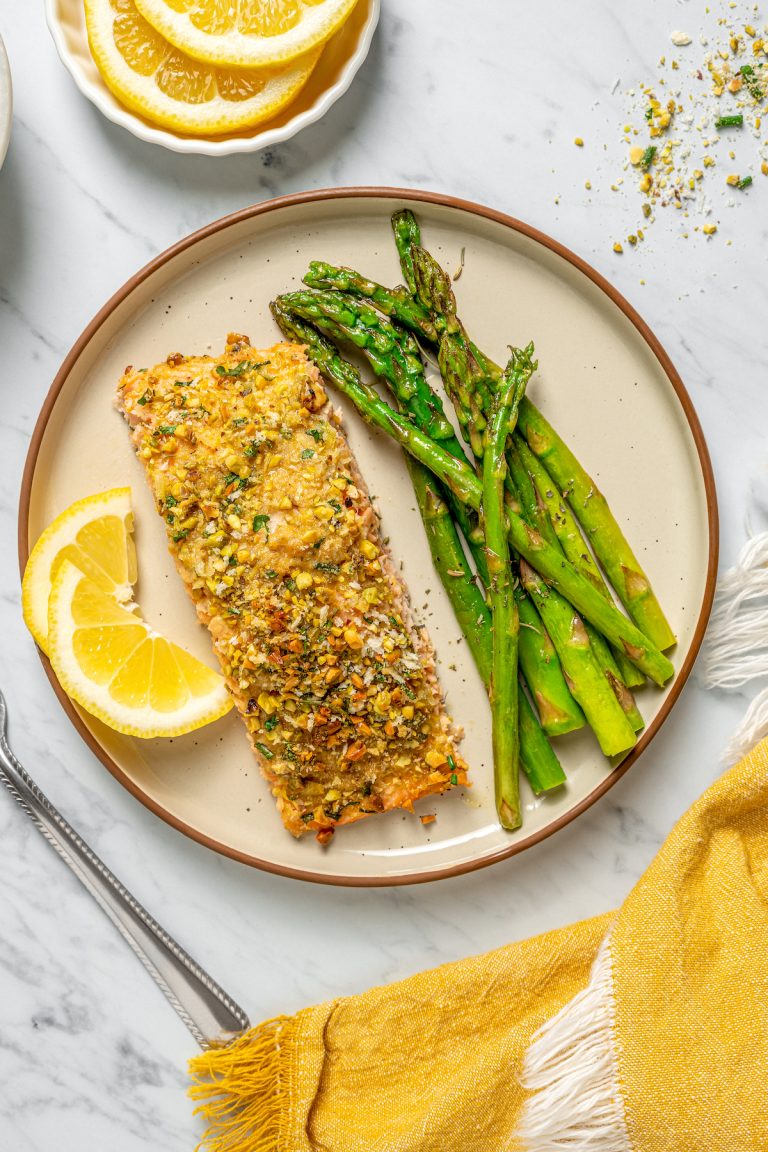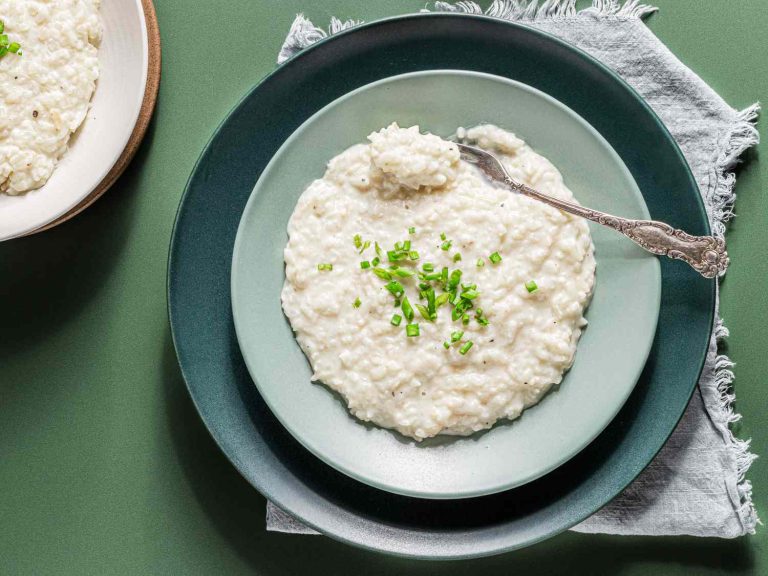Thai Noodles Recipe
Thai noodles have a rich history that dates back centuries. Influences from Chinese immigration during the 9th to 13th centuries profoundly shaped Thai cuisine, including noodle dishes. Over time, Thais adapted Chinese noodles into their culinary practices, integrating local herbs, spices, and cooking techniques. The introduction of dried rice noodles, known as “sen lek,” further popularized noodle-based dishes. By blending Chinese and Thai elements, noodles became a central part of Thai cuisine, evolving into unique dishes like Pad Thai.
Regional Variations Across Thailand
Regional variations in Thai noodles showcase the diverse culinary landscape across the country. In Northern Thailand, you’ll find Khao Soi, a coconut curry noodle soup rich in flavors and often garnished with crispy noodles. Northeastern Thailand, or Isan, offers Guay Teow Luea, or boat noodles, characterized by its savory broth and robust spices.
Central Thailand is home to Pad Thai, a stir-fried noodle dish that combines tamarind sauce, peanuts, eggs, and shrimp. Southern Thailand introduces you to Khanom Jeen, fermented rice noodles served with a variety of spicy curries. Each region’s distinctive ingredients and cooking styles contribute to the complexity and depth of Thai noodle dishes.
Key Ingredients in Traditional Thai Noodles
Understanding the Blend of Flavors
Thai noodles feature a complex blend of flavors that create a harmonious taste. Core components include salty, sweet, sour, and spicy elements. Fish sauce, oyster sauce, and soy sauce add saltiness. Tamarind paste and lime juice provide sour notes, while palm sugar introduces sweetness. Thai chilies contribute the spicy kick. Each ingredient’s quantity varies based on the specific noodle dish, balancing to achieve the perfect taste profile.
Essential Herbs and Spices
Herbs and spices in Thai noodles deliver distinct flavors and aromas. Key herbs include cilantro, Thai basil, and mint, which offer freshness. Common spices feature garlic, ginger, and galangal, enhancing depth. Lemongrass and kaffir lime leaves introduce citrus undertones. Ingredients like star anise and cinnamon appear in particular dishes, adding warmth and complexity. Using fresh herbs and spices ensures authentic and vibrant flavors in every Thai noodle dish.
Famous Thai Noodle Dishes
Pad Thai: Thailand’s Culinary Ambassador
Pad Thai stands as Thailand’s most iconic noodle dish. Typically made with rice noodles, it includes proteins like shrimp, chicken, or tofu. You’ll find ingredients like eggs, bean sprouts, and peanuts adding texture and flavor. The sauce, a blend of tamarind paste, fish sauce, palm sugar, and lime juice, creates a balance of sweet, salty, and tangy tastes. Served with a wedge of lime and sprinkled crushed peanuts, Pad Thai is known for its fresh and bold flavors.
Other Popular Noodle Varieties
Khao Soi
Khao Soi is a Northern Thai specialty. It’s a curry-based soup with both boiled and crispy egg noodles. The dish combines coconut milk, curry paste, and your choice of protein, often chicken or beef. Garnishes include pickled mustard greens, shallots, lime, and chili oil, providing a rich, spicy profile.
Guay Teow Luea
Guay Teow Luea, or “boat noodles,” offers a unique taste experience. Traditionally served from boats in Bangkok’s canals, this dish uses rice noodles, beef or pork, and a rich broth flavored with star anise, cinnamon, and sometimes cow or pig blood. It’s commonly garnished with bean sprouts and basil.
Pad See Ew
Pad See Ew features wide, flat rice noodles stir-fried with soy sauce, Chinese broccoli, and eggs. Proteins like chicken, pork, or beef are often added. The dark soy sauce lends a slightly sweet and savory taste, making it a comforting option.
Khanom Jeen
Khanom Jeen consists of fermented rice noodles. Served cold, it’s often paired with various curries, like green curry or Nam Ya (fish-based curry). The noodles’ slightly tangy flavor complements the rich and spicy curries garnished with fresh herbs and vegetables.
Each noodle variety offers a unique taste and texture, reflecting Thailand’s diverse culinary heritage.
Cooking Tips for Authentic Thai Noodles
The Art of Perfect Noodle Texture
Achieving the right texture is crucial for authentic Thai noodles. Start by selecting the correct type of noodle for your dish. For Pad Thai, use thin and flat rice noodles. Use medium-width rice noodles for Pad See Ew. Freshly made or well-soaked dry noodles absorb flavors better.
Blanch noodles in hot water for 3–5 minutes, maintaining firmness. Avoid overcooking to prevent mushiness. For stir-fried dishes, rinse noodles in cold water post-blanching to halt cooking. Adding a few drops of oil keeps them from sticking.
Balancing the Flavors
Perfectly balanced flavors define Thai cuisine. Use key ingredients such as fish sauce, tamarind paste, and Thai chilies judiciously. Fish sauce adds saltiness and umami. Tamarind paste imparts tanginess, and Thai chilies offer spiciness.
Incorporate palm sugar for sweetness and lime juice for acidity. Add fresh herbs like cilantro and basil near the end of cooking to preserve their aroma. Taste and adjust seasonings frequently to maintain balance.
Follow these tips to create authentic, flavorful Thai noodles that capture Thailand’s rich culinary tradition.
Health Benefits and Dietary Considerations
Nutritional Aspects of Thai Noodles
Thai noodles offer various nutritional benefits, depending on the ingredients and preparation methods. They often include vegetables like bean sprouts, carrots, bell peppers, and leafy greens that provide essential vitamins A and C, and dietary fiber. Proteins such as tofu, chicken, shrimp, or beef not only add richness but also supply necessary amino acids for muscle repair and overall health. Rice noodles, commonly used in Thai cuisine, are gluten-free and easily digestible, making them suitable for those with gluten sensitivities.
Gluten-Free and Vegan Options
Many Thai noodle dishes can be adapted to meet gluten-free and vegan dietary needs. For gluten-free versions, use rice noodles or glass noodles, which are naturally gluten-free. Avoid soy sauce containing wheat and opt for gluten-free alternatives such as tamari. For vegan options, substitute animal proteins with tofu, tempeh, or a variety of mushrooms. Use vegetable broth instead of chicken or beef broth to maintain flavor depth. Ensure that fish sauce is replaced with soy sauce or other vegan-friendly condiments to retain the signature umami taste.
Conclusion
Exploring Thai noodles opens up a world of rich flavors and culinary traditions. By understanding the unique ingredients and mastering essential cooking techniques, you can recreate authentic Thai noodle dishes at home. Whether you’re savoring the tangy zest of Pad Thai or the comforting warmth of Khao Soi, each dish offers a taste of Thailand’s vibrant culture.
With the added bonus of health benefits and adaptable recipes for various dietary needs, Thai noodles can easily become a staple in your kitchen. Embrace the adventure of Thai cooking and enjoy the delightful journey through its diverse noodle dishes.






